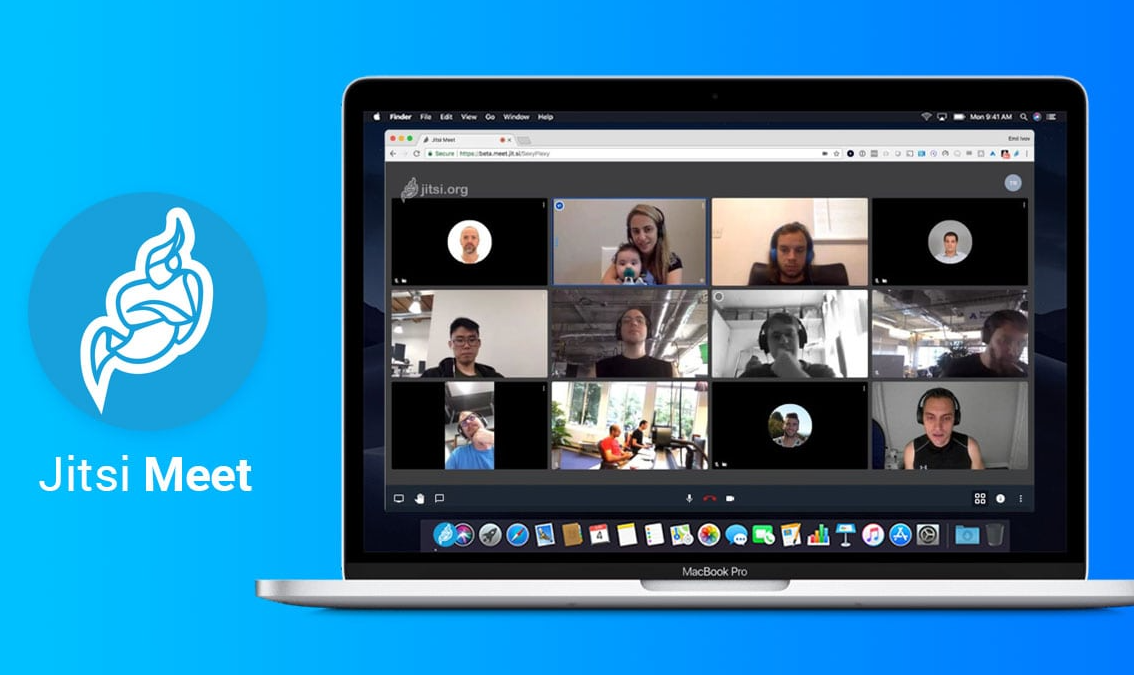Address
304 North Cardinal St.
Dorchester Center, MA 02124
Work Hours
Monday to Friday: 7AM - 7PM
Weekend: 10AM - 5PM
Jitsi is an open source communicator that allows secure audio/video calls and conference. It includes Jitsi Video-bridge which relays video rather than mixing. It also provides improved scale with higher quality and lower latency in media transfer.
Main components are:
Jitsi Meet
This component provides the JavaScript application embedded with WebRTC capabilities. It’s responsibilities are:
Once the application starts executing and the signaling is handled, user is able to communicate via Jicofo as it is responsible for signaling and relaying of the video-bridge.
Jitsi meet is built over Lib-Jitsi which gives a full-fledged access to numerous other APIs that can give user more control over a video conference.
JICOFO : Jitsi Conference Focus
An agent responsible for making sure that media sent from one participant is distributed to all other participants in a conference, so that everyone could effectively hear or see everyone else. It is the main coordinating entity which manages all the ongoing conferences. When a conference is initiated, a room is made and anybody knowing the name of the room can enter the room.
Jicofo currently has following responsibilities:
JVB : Jitsi Video Bridge
Jitsi Video-bridge acts as a media server in the Jitsi infrastructure. This is the core of the system. It uses SFU(Selective Forwarding Units) as a media distribution method. In this, end-points i.e the participants send their streams to the central point(video-bridge server) and the video-bridge relays the video stream to other participants in the conference. It does relaying rather than mixing the video streams.
Benefit of relaying over mixing:
Video content mixing/ MCU(Multi-point control unit) : In this the video streams received are first decoded, composed into a mix and then encoded again. This not only reduces the quality of the video due to lossy encoding but also increases the processing load on the media mixer exponentially.
Video content relaying/SFU(Selective Forwarding Unit) : In this the video streams received by the media mixer are relayed to the participants of the conference.
Why Jitsi over other video conference solutions ?

